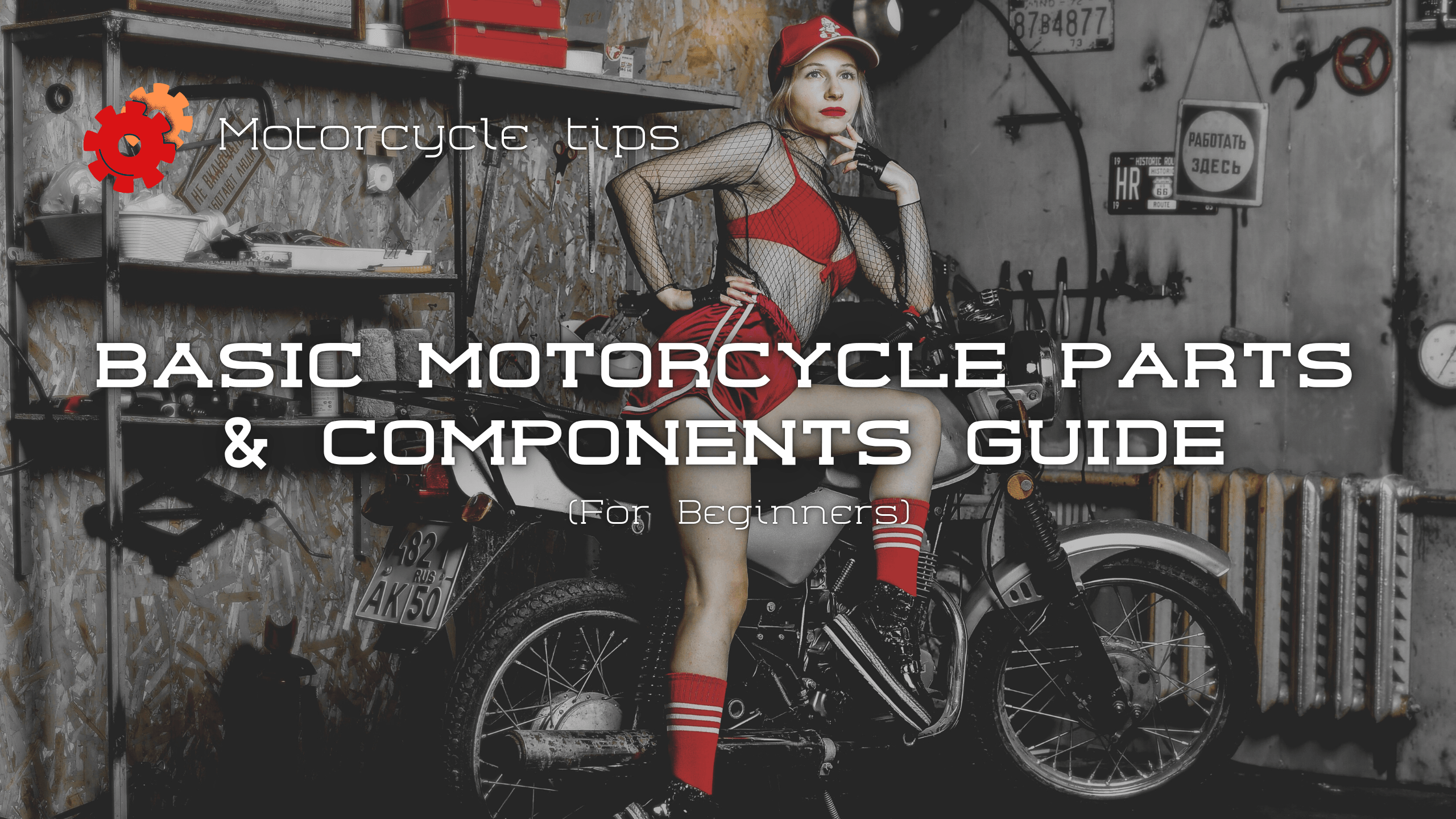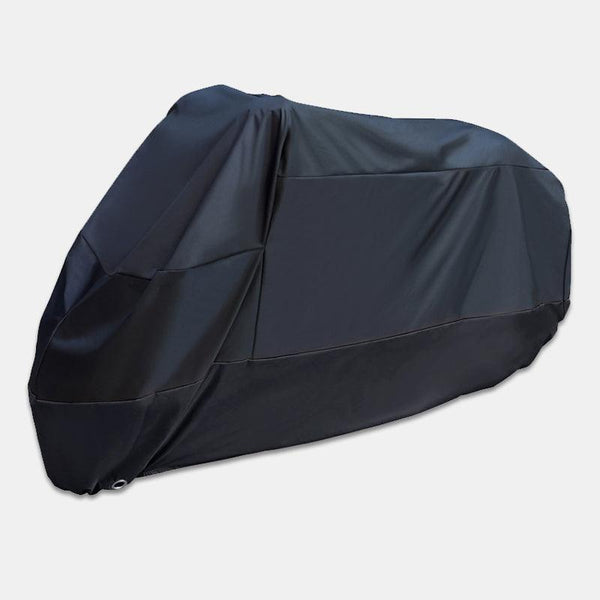
Basic Motorcycle Parts & Components Guide (For Beginners) | XYZCTEM®
Introduction
Whether you're a first-time motorcycle rider or an experienced veteran, it's always a good idea to have some fundamental knowledge of the parts and components that make up your bike and how they work together.
When you're out on the road, there is always a possiblity that something could go wrong with your motorcycle. If you know a bit about the basics of how your bike works, you'll be in a much better position to troubleshoot any problems that may arise, or at least have a better understanding of what's going on when you take it to a mechanic.
In this article, we'll take a look at some of the most important parts and components of a motorcycle that every owner should know about.

What Is The Working Mechanism Behind A Motorcycle
A motorcycle is essentially a machine that converts energy into motion. The engine is what makes it go - it works by converting chemical energy (from fuel) into mechanical energy (movement). This mechanical energy is then used to power the bike's various systems and components.
When the key is turned and the engine is started, it goes through a series of steps in order to turn fuel into motion. First, the fuel is drawn from the tank and mixed with air in the carburetor. This mixture is then drawn into the cylinders where it is compressed by the pistons.
As the mixture is compressed, it is ignited by a spark plug, which causes an explosion. This explosion drives the pistons down, which in turn rotate the crankshaft. The crankshaft is connected to the transmission, which then powers the wheels and propels the motorcycle forward.
List of the Important Parts of a Motorcycle

We've gone over a pretty simplified explanation of how a motorcycle works above, but it should give a good idea of the basics. Let's now explore the important parts of a motorcycle in further detail.
Chassis
The chassis is the main frame of a motorcycle and can be thought of as its skeleton. It's what everything else hangs off, including suspension, wheels, fuel tank and seats, et
The chassis is typically made from steel or aluminum and it needs to be strong enough to support the engine, as well as the weight of the rider and any cargo.
Engine
The engine is the heart of a motorcycle and provides the power needed to make it move. It contains pistons, a cylinder block, and a head that work together to produce that power.
The engine is typically a two-stroke or four-stroke design and comes in many varieties, including V-twin, inline two-cylinder, or inline four-cylinder.
Transmission
The transmission's main function is to adjust and transfer power from the engine to the rear wheel using a clutch, gearset, and drive system.
Most of the motorcycles on the road today have manual transmissions with sequential gearboxes, which means that you have to manually select the gear versus automatically.
Exhaust System
The exhaust system on a motorcycle is designed to route the hot gases produced by the engine out of the motorcycle using pipes that run from the engine to muffler(s).
The system not only helps in keeping the motorcycle's engine cool, but it also enhances performance and reduces fuel consumption.
Wheels & Tires
The tires and wheels on a motorcycle work together to provide the traction needed for smooth movement. Where the tires are made from rubber, the wheels are made from metal.
Tires are installed on the wheels to ensure proper traction, and wheels are attached to the suspension and handlebars for handling.
Suspension
The suspension system composed with spring and the damper on a motorcycle is designed to provide a comfortable ride by absorbing the bumps and vibrations from the road.
Motorcycles have front and rear suspensions. The front suspension includes a pair of fork tubes and the rear suspension includes swingarm mounted with one or two shock absorbers.
Handlebars
The handlebars connect to the front forks and allow the rider to balance and control the bike. They also house all of the switches and levers needed for operation.
Ignition Switch
The ignition switch is responsible for supplying power to the engine's spark plugs. It also controls other electrical components like the headlight, taillight, and turn signals.
Dashboard
The motorcycle's dashboard is located in front of the rider and houses all of the gauges and readouts needed for operation. This includes the warning lights, speedometer, tachometer, and fuel gauge, etc.
Seat
The seat of a motorcycle is where the rider sits and is usually located behind the fuel tank. The seat can be modified and replaced to suit the rider's needs and preferences.
Brakes
The brakes on a motorcycle are responsible for slowing down or stopping the bike. Motorcycles have front and rear brakes, with the front brake being operated by the right hand lever and the rear brake by the left foot pedal.
Hand Clutch
The hand clutch enables you to switch gears and cut off the power going to your rear wheels. It is located on the left handlebar and is operated by the left hand.
Throttle
The throttle is a hand grip that controls the amount of air and fuel going into the engine. By turning the throttle, you can increase or decrease the speed of the motorcycle.
Gear changer
The gear changer is located on the right handlebar and is used to change gears. Gears are responsible for making your motorcycle go faster or slower.
Kickstand
The kickstand is a metal support that helps to keep your motorcycle upright when it's not in use. It is located on the left side of the bike and is operated by the left foot.
Footpegs
The footrests are located near the gear changer and are used to support your feet while riding or when the motorcycle is stopped.
Conclusion
That's all for this guide! We hope you found it helpful in understanding the basic parts and components of a motorcycle, as well as the important role they play.
While having this fundamental knowledge won't make you a full mechanic, it will give you a big upper hand the next time you're out on the road or in the garage.





Leave a comment
Your email address will not be published.